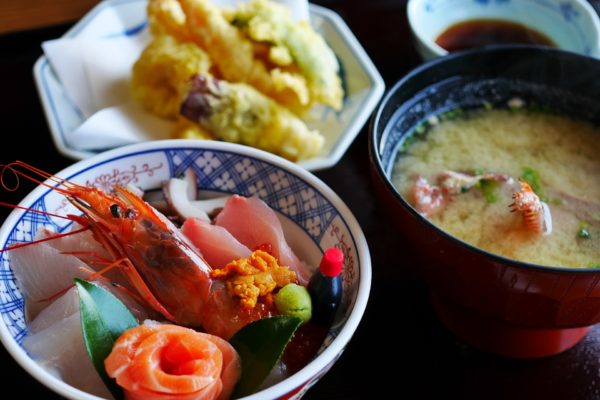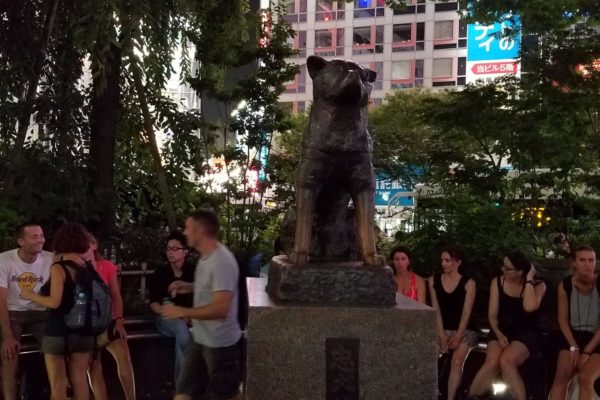As I have mentioned in many of my previous articles, and as you probably also think Japan is an enchanting country. It always has been, especially from the Western point of view. There are many reasons for this, and in my opinion one of these reasons is the mysterious and exotic history of the country. Now let us take a quick look at what Japanese history presents us with.
We are going to divide Japanese history into several historical periods. Interestingly, most of the Japanese historical periods are named after the capital cities of the time. However, since the end of the 19th century the periods been named after the ruling emperor. For starters here is a list of the periods:
Classical Japan
Asuka/Early Japan (538–710)
Nara (710–794)
Heian (794–1185)
Medieval/Feudal Japan
Kamakura (1192-1333)
Muromachi-Ashikaga (1338-1573)
Azuchi-Momoyama (1573-1600)
Edo (1600-1868)
Modern Japan
Meiji (1868-1912)
Taisho (1912-1926)
Showa (1926-1989)
Heisei (1989-present)
In this article I am going to cover Japanese history until the Taisho period, which is the beginning of the 20th century. So without further ado, let us dive in!
One could argue that the first most important event in Japanese history is the ascension of the first god-emperor, Jimmu. According to the legends the current Japanese Imperial family originates from Jimmu himself. The first Emperor was no more no less but a descendant of Amaterasu, the goddess of sun. The legends and stories surrounding Jimmu and his ascension are extremely fascinating. Unfortunately, he is rarely remembered in modern Japan because of the associations that people started drawing with fascism. As you might have guessed this was a result of the Japanese using Shinto and Jimmu as a symbol for their nationalism during the WWII.
The following 100 years would conclude what the historians call the Early Japan or Asuka Period. The next era is known as Nara. During the Nara period Japan started prospering. Japan was bearing Chinese influences and it could be seen in literature, language, architecture and even religion. However, one of the most important things that happened during the Nara Period was the recognition of the Emperor as the central figure in the government. The Emperor also started to be interpreted as the leader of the indigenous Japanese religion, Shinto.
The third and final period of Classical Japan is known as Heian, named after the then capital Kyoto. During this period Japanese culture flourished. Arts became more refined and less dependent on their Chinese counterparts. The Emperor and most of the aristocracy spent their time writing uta (Japanese short poems commonly known as haiku or tanka), enjoying the beauties of nature and neglecting the politics. As a result, some of the best, and I cannot stress this enough, pieces of Japanese literature both in poetry and prose have been written during this period of Japanese history. However, the Emperor’s lack of interest towards politics and leadership led to a change in Japanese government, with the Emperor becoming merely a symbolic figure and the shogun holding the real power.
The above mentioned events lead us to Kamakura Period. The period is named after the military centre of the time. While the Emperor and his court were still situated in Kyoto, the real power was concentrating around the shogun, the military leader of the state. You could say that Kamakura period is responsible for the rise of the warrior class, the development of the samurai code of honour – Bushidō, and most importantly the infamous seppuku – a ritual act of suicide to protect one’s honour. The Kamakura Period also gave rise to Zen Buddhism since it could be applied perfectly to many samurai disciplines.
During Muromachi Period Japan’s political life fell into chaos and ordeal, which led to many gruesome wars and massacres. Nonetheless, despite the chaotic political situation, spiritual life and arts kept prospering under the influences of Zen. Tea ceremony – sadō, calligraphy – shodō, flower arrangements – kadō, and theatre peaked and reached their heights.
Azuchi-Momoyama Period was filled with fighting and endless wars, the most famous of them being the Ōnin War. The second half of Azuchi-Momoyama is widely known as the Era of the Warring States – Sengoku Jidai. You may recognize such names as Oda Nobunaga, Toyotomi Hideyoshi and Tokugawa Ieyasu. These three are the men who have coined the history of Japan. Talking about each of them would take an unnecessarily long amount of time, thus we shall move on. It is just important to keep in mind that at this point in time, Japan had been in a political chaos for decades.
The following Edo/Tokugawa Period is famous for bringing over 200 years of lasting peace to the land and its people. The Tokugawas who became the ruling family in Japan and were named shogun, managed to reunify the country which was basically crumbling away from all of the endless fighting. Even though the Tokugawas brought peace to the country, they established a bakufu – a military state. Many new rules were introduced and most interestingly, the country closed its gates to the rest of the world, becoming a sakoku (lit. a closed country). However after 200 years, the ideologies started changing, and the foreign countries such as the USA came banging on the walls that Japan had built all over itself. The Edo Period came to a more or less bloody end in 1868 when the Shogunate in Edo/Tokyo fell. This was the beginning of the Meiji Restoration.
With the Shogunate collapsing, Japanese intellectuals, aristocrats and politically powerful people decided to bring back the glory of the ancient days and put the young 15-years old Emperor Meiji on the Chrysanthemum Throne. Meiji Period was in a sense an era of enlightenment for Japan. Schools started opening up all over the countries, first universities were established, a constitution was written, and so on. All in all life started prospering and shifting to Western standards. Even though Japan faced the Russo-Japanese War during the end of the Meiji Period, in general Emperor Meiji himself is highly revered and always addressed to with respect even in contemporary Japan.
This concludes my crush course on Japanese history. I decided to stop at the beginning of the 20th century, since otherwise we won’t have enough space to write it all down! Taisho and Showa are also very important periods of Japanese history, however each of them is too massive and extensive to be covered in a short article.
The last thing that I want to add is that Japan has not seen a war since the end of WWII. The Japanese were on the losing side and gave up their rights of maintaining an army. Nonetheless, this might have been the push that the country needed to move in the direction of industrialisation. Ever since Japan has become one of the largest manufacturers and economy’s in the world!



